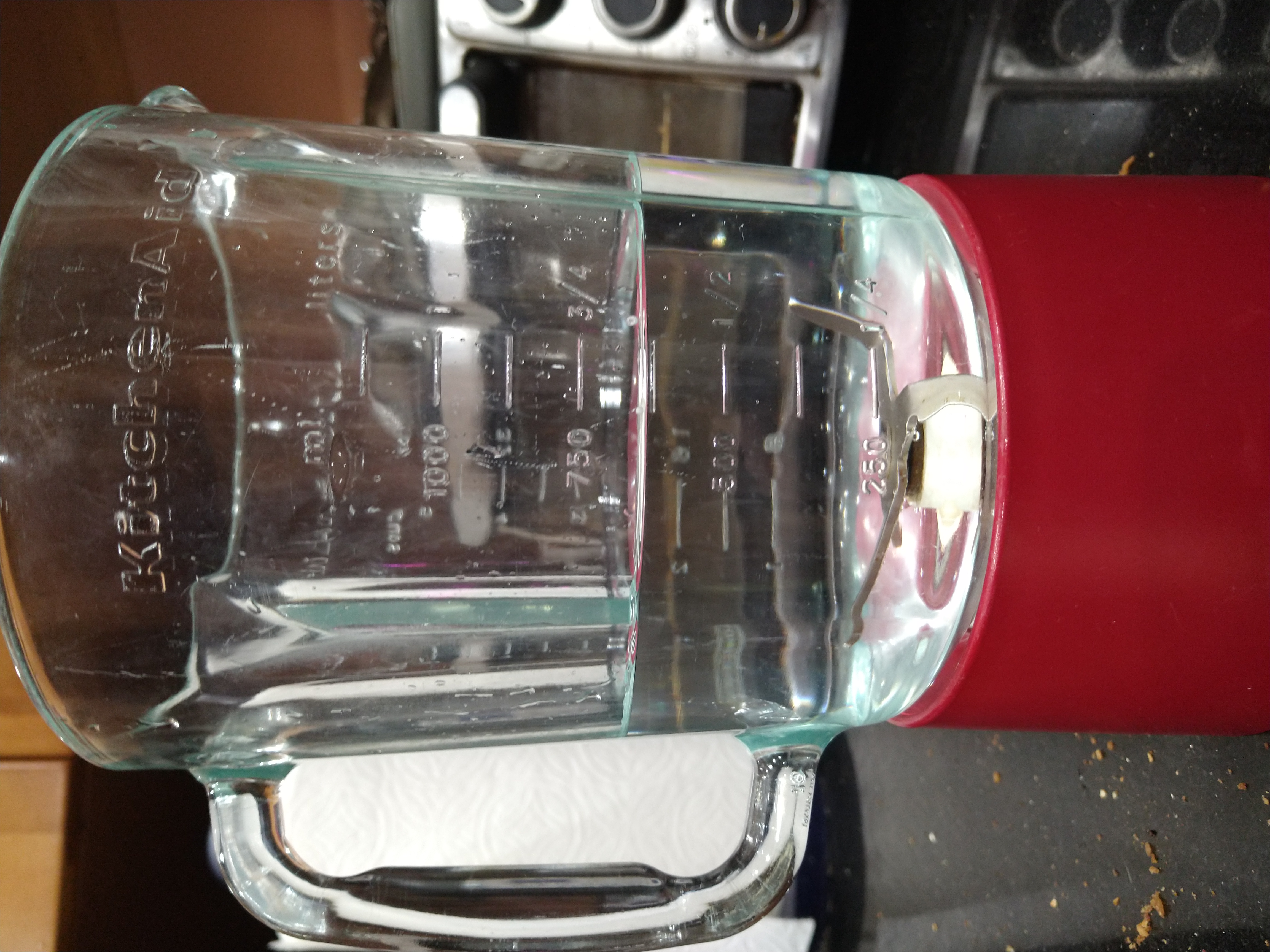Tracking Food #
Recommended Apps #
I don’t plan on subscribing to any tracking app pro plans, so all these reviews are the free versions.
Cronometer - best for detailed tracking with a scale #
The only app that measures, and lets you set targets for, many micronutrients. I find the idea of seeing if I have any long term nutrient deficiencies interesting.
Database: Great! My one gripe is that “cooked with fat”-type items are less common.
Ergonomics: Meh. The app requires a decent amount of tapping and typing to log food. Copying meals can be tricky too, b/c the concept of grouping food into meals is locked behind the pro version.
Monetization: Meh. The ads make the app basically unusable, although they can be removed with https://adaway.org/. Many other really helpful features (like food timestamps and grouping foods for easier copying) are locked as well.
Data Export and Integrations: Meh. Need to sign into their desktop webpage to manually download a csv file. Alternatively, https://github.com/jrmycanady/cronometer-export/pull/2 lets you create a script to do this automatically!
Bitesnap - best for estimating quantities quickly and roughly #
Not well maintained, crashes a lot on my phone.
Database: Good, but without all the cronometer nutrients. Has a lot of convenient foods, like things “cooked with fat”.
Ergonomics: Great! Probably the best in this category.
Monetization: Totally free!
Data Export and Integrations: Meh. Easy to export csv from my phone, but still manual.
Nutritionix Track - middle ground #
Database: Good, but without all the cronometer nutrients.
Ergonomics: Good.
Monetization: Totally free!
Data Export and Integrations: Bad. But Google Fit export might be coming soon.
Not Recommended Apps #
OmNom Notes #
Database: Large, but of mixed quality.
Ergonomics: Meh. No search autocomplete, and many common foods have only grams as the unit selection.
Monetization: Good! One time fee for nice to have features.
Data Export and Integrations: None AFAICT.
Fat Secret #
Database: Good, but without all the cronometer nutrients.
Ergonomics: Good.
Monetization: Good.
Data Export and Integrations: Good, auto exports to Google Fit.
My Plate #
Database: Good, but without all the cronometer nutrients.
Ergonomics: Good.
Monetization: Kinda in your face.
Data Export and Integrations: Good, auto exports to Google Fit.
Quantity Estimation #
Regardless of the app that you use to track calories you need some way to accurately measure the quantity of food that you’re eating.
If you’re cooking food yourself I highly recommend using a food scale and just measuring everything with the weight of the food. This is the most accurate method and also the easiest (IMO) when you’re cooking yourself because you can just put whatever cooking vessel you’re using down and put food into it incrementally and zero it out whenever you add a new item. There is very little thinking involved.
If you’re eating food that somebody else prepared measuring things by volume is usually necessary, albeit trickier. One common approach is to use parts of your hand to measure, but different people’s hands are different sizes. I measured my hand size by dipping it in a blender full of water:
| Without Fist | With Fist |
|---|---|
 |
 |
For me this looks like a delta from ~630mL -> ~1100mL, or a total displacement of ~470mL, or ~2 cups!
Some other estimates to use:
- A teaspoon is about the size of the tip of your finger
- A tablespoon is about the size of an ice cube
- 1/4 cup is about the size of a large egg
- 1/2 cup is about the size of a tennis ball
- A full cup is about the size of a baseball, an apple or a (normal sized) fist
https://100-grams.blogspot.com/ gives a good view into what 100g of various foods looks like, which is useful for building intuition for non-scale-based tracking (e.g. Bitesnap).
Categories: Health And Longevity
Backlinks: Tracking Health,